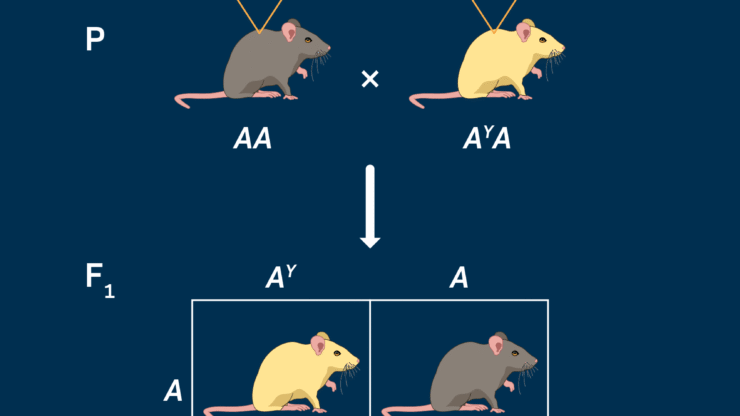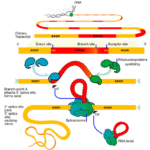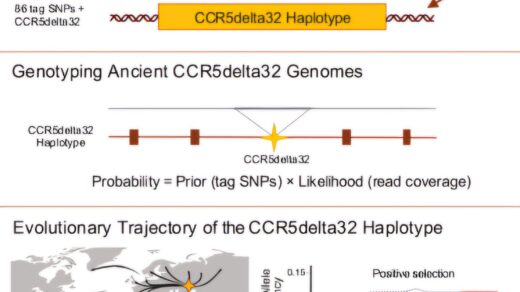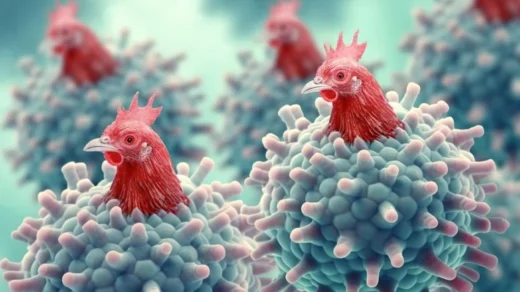Some genes are necessary for the survival of an organism. Mutation in such a gene can lead to loss of function, and hence lethal alleles. More frequently, however, lethal alleles will kill at some critical early developmental stage or later in life. Lethal alleles come in two flavors with regards to their inheritance pattern and timing of lethal effect.
Species of Lethal Alleles
It has been observed that there exist two types of lethal alleles. These are:
1. Recessive Lethal Alleles
These alleles only lead to lethality in case of homozygous condition. In heterozygous individuals, the normal allele compensates for the mutant allele which makes the organisms survive. However, when two copies of the recessive lethal allele are inherited, the organism cannot survive.
2. Dominant Lethal Alleles
Dominant lethal alleles are much less common than recessive ones because lethality is expressed in both homozygous and heterozygous conditions. Animals with at least one copy of the dominant lethal allele rarely survive, thereby not leaving progeny to carry those lethal alleles into subsequent generations.
Classification By Stage Of Development Or Life Affected
Lethal alleles can also be classified according to the stage of development or life in which death occurs.
1. Early-Onset Lethal Alleles
These alleles cause death during development early in the process, often during embryogenesis. Organisms with such alleles will not be able to complete their development and will die before or shortly after birth.
2. Late-Onset Lethal Alleles
In some cases, it is lethal effects that are apparent later in life, meaning that the organism lives out a normal life expectancy and reproduces before it dies from the disease. Huntington’s disease in humans is a classic example of a late-onset lethal condition caused by a dominant allele.
Conditional Lethal Alleles
Such alleles are lethal but do not become active unless another specific condition, usually environmental, arises.
Conditional lethal alleles cause death only under specific environmental conditions. For example, temperature-sensitive lethal alleles may result in organism death at high temperatures, but allow survival at lower temperatures.
3. Semilethal Alleles
Semilethal alleles do not kill all the individuals having them. That means lethal effect is seen in some of the individuals but in others, they might have been able to survive due to semilethal allele. This mixed population with both affected and living individuals is due to the penetrance variation of semilethal alleles.
These genes, when mutated, lead to death of the organism, either early in the developmental stage or later in life.
Essential Genes
These are those genes which are necessary for the survival of the organism. Mutations in these genes, particularly leading to the loss of function, can be lethal.
Sub-Vital Genes
Sub-lethal genes are not vital for survival but affect the ability of the organism to live or survive. Such mutations ensure that the individual harbors lower fitness or means of survival but do not necessarily have to culminate in death.
Sub-Lethal Genes
Sub-lethal genes are the genes whose mutations cause strong adverse effects but may not necessarily mean death for the organism. Organisms with sub-lethal mutations usually have short life spans or poor performance but may survive under specific conditions.
Sub-lethal Genes and Survival Advantage
They enhance the survival of the organism and, in most cases, tend to confer a selective advantage. Super-vital gene mutations are favorable toward fitness, meaning that such an organism would have a better chance of survival and reproduction.
Conclusion
Lethal alleles and genes have a harsh effect on the survivability of organisms. Classifying lethal alleles based on their inheritance pattern and timing of lethal effects would give insight into how these alleles may be affecting the population. Classification of genes based on their impact on survivability also allows researchers to explore the complex relationship between genetics and organism fitness.
Read More Topics
















